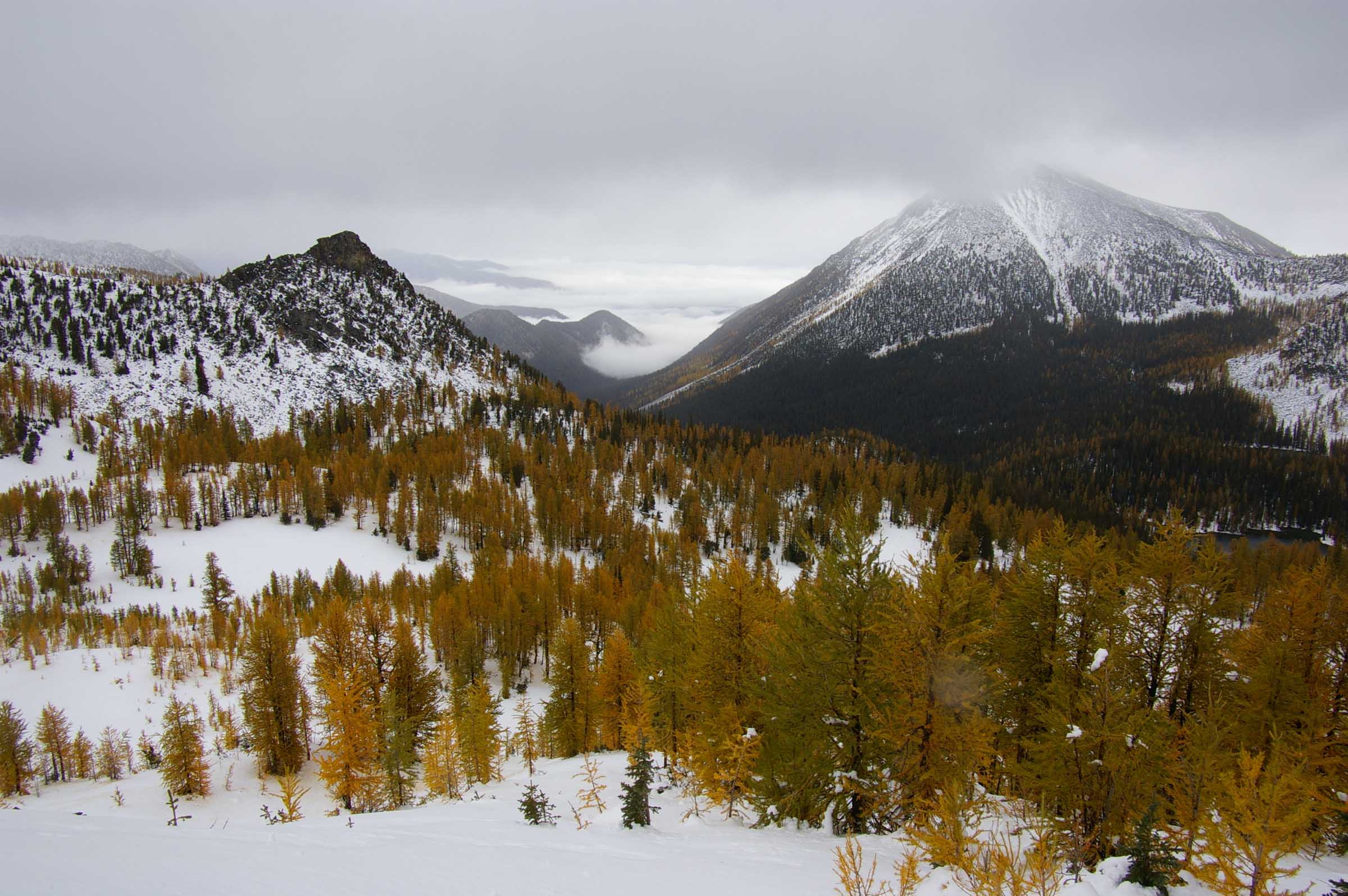Warm Springs Linked to Dwindling Snow in Rockies

Snow cover across the entire Rocky Mountain range has been shrinking due to warmer spring temperatures over the past 30 years, a new study finds.
Researchers at the U.S. Geological Survey (USGS) studied historic snowpack variations in the Rocky Mountains and found that warmer spring temperatures since 1980 are triggering an estimated 20 percent decline in snow cover throughout the range, which runs for more than 3,000 miles (4,800 kilometers) in western North America.
The scientists used monthly temperature and precipitation data from 1895 to 2011 to build models of snow cover in the Rocky Mountains. This enabled them to see long-term trends, including how fluctuations in winter temperatures, spring temperatures and precipitation are influencing the region's snowpack. [8 Ways Global Warming Is Already Changing the World]
"Each year, we looked at temperature and precipitation variations and the amount of water contained within the snowpacks as of April," Greg Pederson, an ecologist at the USGS Northern Rocky Mountain Science Center in Bozeman, Mont., and lead author of the new study, said in a statement.
Snow decline
After poring through the historical data, the researchers observed a shift beginning in 1980.
"Snow deficits were consistent throughout the Rockies due to the lack of precipitation during the cool seasons during the 1930s — coinciding with the Dust Bowl era," Pederson said. "From 1980 on, warmer spring temperatures melted snowpack throughout the Rockies early, regardless of winter precipitation. The model in turn shows temperature as the major driving factor in snowpack declines over the past 30 years."
Sign up for the Live Science daily newsletter now
Get the world’s most fascinating discoveries delivered straight to your inbox.
While snowpack accumulation is known to be highly sensitive to fluctuations in temperature and precipitation, pinpointing the factors that trigger these changes remains challenging. This is because the region's climate is influenced by the complex mountain topography coupled with dynamic ocean-atmosphere phenomena, such as La Niña and El Niño, which affect precipitation differently in the northern, southern and central Rockies, and due to a lack of detailed snow records, the researchers said.
The meltwater that flows from the Rocky Mountain winter snowpack as it melts accounts for up to 80 percent of the annual water supply for more than 70 million people in the western United States, according to the researchers. This runoff is affected by the water content in the snowpack and the timing of the snowmelt, which has important implications for the region's water supply.
Water issues
Snowmelt that occurs faster and earlier in the year changes when water is available for irrigating crops and producing energy at hydroelectric dams, the researchers said. The timing of the snowmelt also affects the risk of floods and wildfires in the region, and the natural health of the water cycle in western watersheds.
The new study expands upon previous USGS research that found unusually rapid declines in the snowpack in the northern Rocky Mountains since the 1980s.
And while the extent to which either natural temperature variations or the man-made effects of global warming are contributing to this decline remains unclear, the potential repercussions need to be addressed, study co-author Julio Betancourt, also a USGS researcher, said in a statement.
"Both natural variability in temperature and anthropogenic warming have contributed to the recent snowpack decline, though disentangling their influences exactly remains elusive," Betancourt said. "Regardless of the ultimate causes, continuation of present snowpack trends in the Rocky Mountains will pose difficult challenges for watershed management and conventional water planning in the American West."
The study's findings were published online May 12 in the journal Geophysical Research Letters, a publication of the American Geophysical Union.
Follow Denise Chow on Twitter @denisechow. Follow LiveScience @livescience, Facebook & Google+. Original article on Live Science.

Denise Chow was the assistant managing editor at Live Science before moving to NBC News as a science reporter, where she focuses on general science and climate change. Before joining the Live Science team in 2013, she spent two years as a staff writer for Space.com, writing about rocket launches and covering NASA's final three space shuttle missions. A Canadian transplant, Denise has a bachelor's degree from the University of Toronto, and a master's degree in journalism from New York University.









